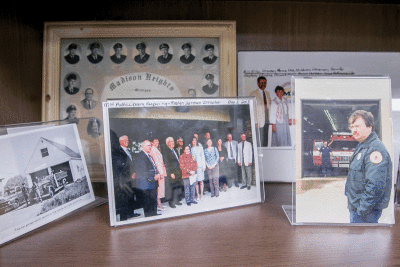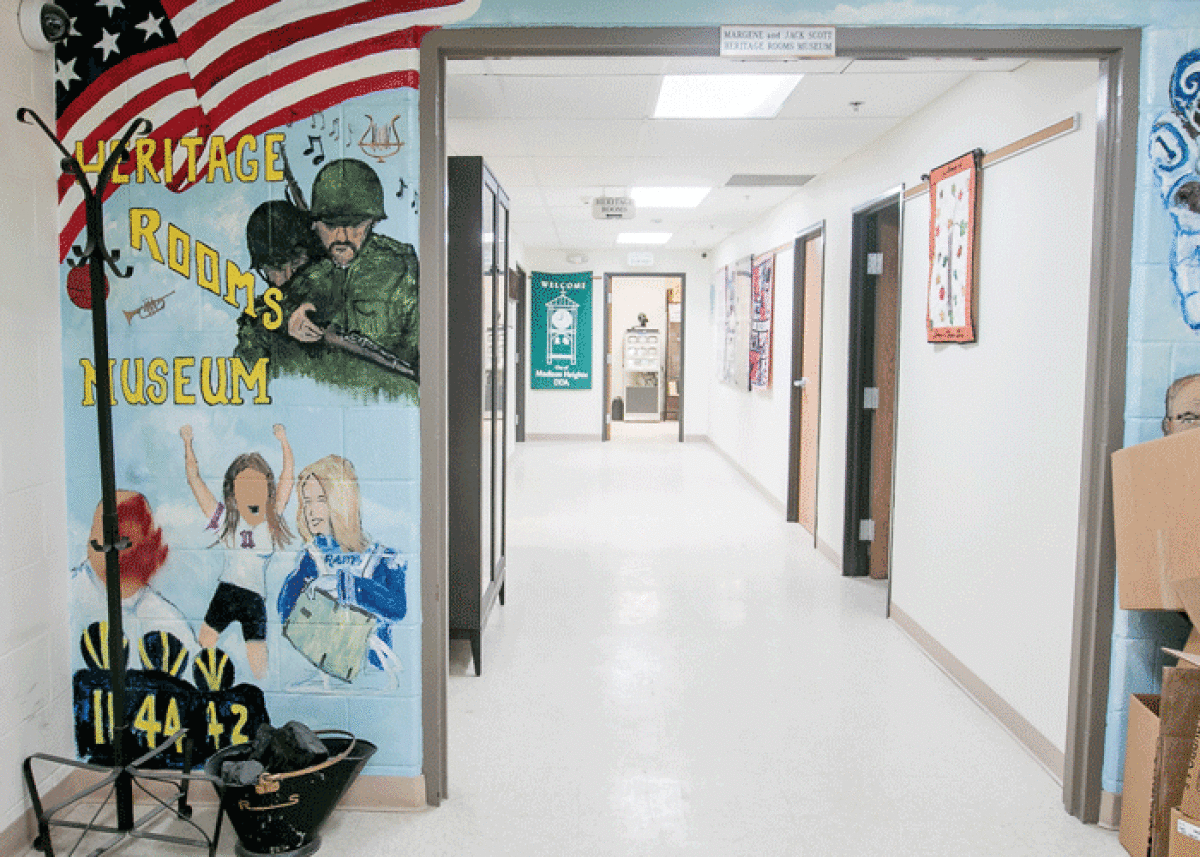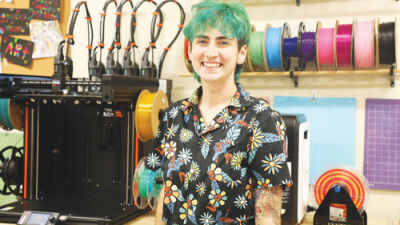
Those who have materials to contribute can stop by Madison Heights City Hall, located at 300 W. 13 Mile Road. Donations to the Historical Commission can also be made there.
Photo by Patricia O’Blenes
MADISON HEIGHTS — Do you have old photos or videos showing people and places from a bygone era in Madison Heights? If so, the Historical Commission wants to hear from you.
The citizen-led board is currently planning efforts to digitize artifacts of the city. Items like old newspapers, photos and VHS tapes deteriorate over time, but converting them to a digital format will not only preserve them but allow them to be duplicated endlessly. The board would also like to develop a section of the city’s website that would catalog these contents for the public.
City Councilman Sean Fleming is the council alternate for the Historical Commission. He said the city has already had some close calls with natural disasters, such as the flood of 2014 that spilled into the basement of City Hall where the Heritage Rooms are located. Those rooms serve as the city’s historical museum, compiling many delicate records and artifacts.
“With the digitization, we can preserve them from damage, be it natural or human-caused,” Fleming said. “We can keep them safe on city servers. And then the ultimate goal is to showcase them someday on our website. We have something there now, but it’s very barebones, with a timeline you can click on for different decades. But my vision is for more of a visual storytelling experience.”
Fleming said that a number of items in the city’s collection are not specific to the city of Madison Heights, but are included because they show how life was in a different era. Old appliances, for example. But he said the board is more interested in items with direct ties to the community.
“What we’re looking for as far as donations of articles and other artifacts are things more specific to Madison Heights, like old videotapes of meetings and events that occurred, or photographs of people and places,” he said.
For example, someone in the city may have old camcorder footage of parades or festivals from the ‘80s and ‘90s, boxed up and gathering dust in their attic or basement. That footage is decaying, but converting it to a digital format would preserve it so that others can look back in time and see the community groups that were at those events, or what the landscape looked like at the time.
“Seven years from now, it’s going to be the 75th anniversary of the city, so it would be nice to catalog and preserve the city’s historical records up to that point,” Fleming said.
Those who have materials to contribute can stop by Madison Heights City Hall, located at 300 W. 13 Mile Road. Donations to the Historical Commission can also be made there. The funds will help pay for the digital conversion equipment, as well as future development of the website.
Mark Bliss is the council representative for the Historical Commission. He said that the project has enormous potential as an educational tool.
“The Historical Commission is very excited about this project because we’ve now had two floods in our historical museum, and all of these artifacts are priceless — they can never be replaced, and that’s not even taking into account all of the photos and videos held by our residents and staff,” Bliss said. “So if we can digitize all of this stuff and make it accessible, it’d be very positive for the students in our classes, for the families who grew up here who want to look at old photos and videos, as well as any residents down the road who want to know how this city was created, how it formed, what is the history of their street or park, and have actual video and photo evidence — from the plans and architecture, down to the specific photo of a ribbon-cutting.
“This material is critical for us to maintain, and this project will help us do that,” Bliss said.
 Publication select ▼
Publication select ▼




















